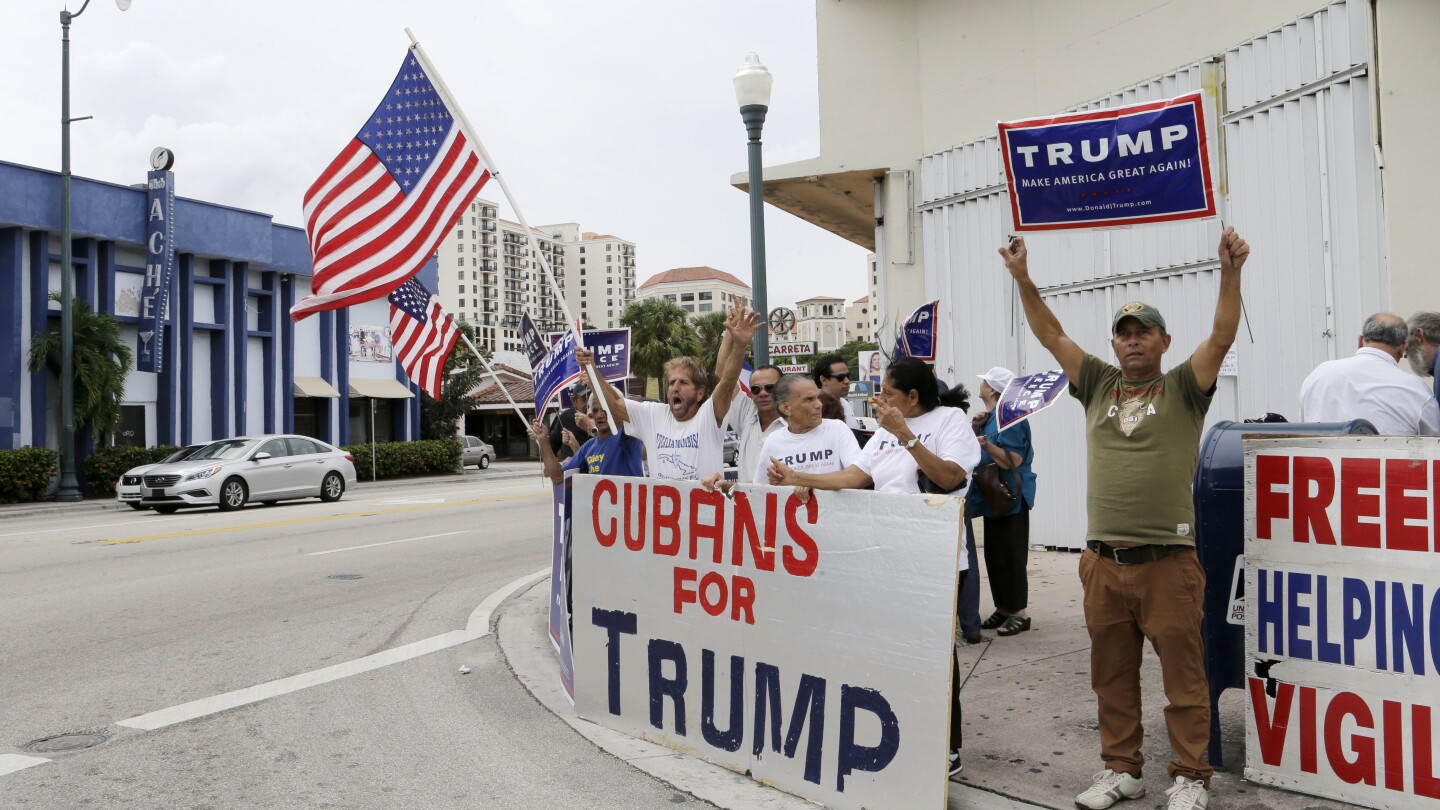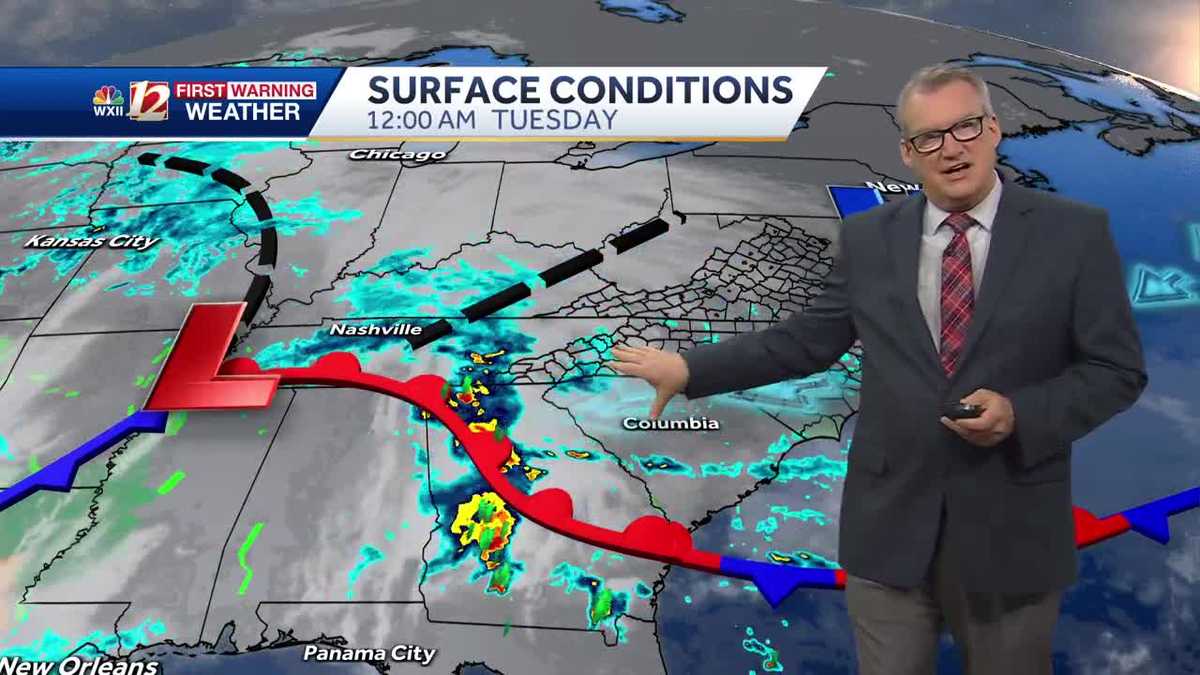From Sanctuary To Scrutiny: The Changing Landscape Of Cuban Exile Deportations

Welcome to your ultimate source for breaking news, trending updates, and in-depth stories from around the world. Whether it's politics, technology, entertainment, sports, or lifestyle, we bring you real-time updates that keep you informed and ahead of the curve.
Our team works tirelessly to ensure you never miss a moment. From the latest developments in global events to the most talked-about topics on social media, our news platform is designed to deliver accurate and timely information, all in one place.
Stay in the know and join thousands of readers who trust us for reliable, up-to-date content. Explore our expertly curated articles and dive deeper into the stories that matter to you. Visit Best Website now and be part of the conversation. Don't miss out on the headlines that shape our world!
Table of Contents
From Sanctuary to Scrutiny: The Changing Landscape of Cuban Exile Deportations
For decades, the United States offered a haven to Cuban exiles fleeing communism. The "wet-foot, dry-foot" policy, repealed in 2017, largely guaranteed asylum to Cubans who reached US soil. However, the landscape has shifted dramatically, leaving many long-time residents facing deportation and sparking intense debate about immigration policy and the future of Cuban-American relations. This article explores the evolving complexities of Cuban exile deportations and their far-reaching consequences.
The Legacy of the "Wet-foot, Dry-foot" Policy
The "wet-foot, dry-foot" policy, implemented in 1995, represented a unique approach to Cuban immigration. Cubans who reached US land were generally allowed to stay, while those intercepted at sea were typically returned to Cuba. This policy, born from the Cold War era and a desire to undermine the Castro regime, created a powerful incentive for Cubans to risk dangerous sea journeys. It also resulted in a large and influential Cuban-American diaspora in the United States.
The Shift in US Policy
The repeal of "wet-foot, dry-foot" in 2017 marked a significant turning point. While it didn't automatically lead to mass deportations, it removed the automatic right to asylum for Cubans arriving in the US. This change, along with a broader shift towards stricter immigration enforcement under subsequent administrations, has left many long-term Cuban residents vulnerable to deportation.
Increased Deportations and Their Impact
The increased scrutiny has resulted in a rise in deportations of Cubans, including those with criminal records and those who have lived in the US for many years. This has created significant hardship for families and communities, forcing individuals to leave behind established lives, networks, and contributions to American society. The emotional toll on those deported and their families is immense, raising questions about the humanitarian aspects of US immigration policy.
Legal Challenges and Advocacy Efforts
The increased deportations have sparked numerous legal challenges and advocacy efforts from organizations fighting for the rights of Cuban exiles. Lawyers and activists argue that many deportations violate international human rights standards and are based on insufficient evidence or flawed processes. These organizations are working tirelessly to provide legal representation, raise awareness, and lobby for policy changes.
The Future of Cuban-American Relations and Immigration Policy
The changing landscape of Cuban exile deportations has far-reaching consequences, affecting not only the individuals directly involved but also the broader relationship between the US and Cuba. The issue highlights the ongoing tension between national security concerns, humanitarian considerations, and the complexities of immigration policy. The future direction of US immigration policy regarding Cuban exiles will continue to be a subject of intense debate and scrutiny.
What's Next?
The situation remains fluid, with ongoing legal battles and advocacy efforts shaping the future of Cuban exile deportations. The outcome will depend on a complex interplay of political will, legal challenges, and evolving international relations. Staying informed about these developments is crucial for understanding the ongoing evolution of US immigration policy and its impact on the Cuban-American community.
Keywords: Cuban exile, deportation, wet-foot, dry-foot, immigration policy, Cuba, United States, Cuban-American, asylum, human rights, immigration enforcement, legal challenges, advocacy
(Note: This article provides a general overview. For specific legal advice or information on individual cases, consult an immigration lawyer.)

Thank you for visiting our website, your trusted source for the latest updates and in-depth coverage on From Sanctuary To Scrutiny: The Changing Landscape Of Cuban Exile Deportations. We're committed to keeping you informed with timely and accurate information to meet your curiosity and needs.
If you have any questions, suggestions, or feedback, we'd love to hear from you. Your insights are valuable to us and help us improve to serve you better. Feel free to reach out through our contact page.
Don't forget to bookmark our website and check back regularly for the latest headlines and trending topics. See you next time, and thank you for being part of our growing community!
Featured Posts
-
 Post Indy 500 Celebration Alex Palou Attends Knicks Pacers Game In Indiana
May 28, 2025
Post Indy 500 Celebration Alex Palou Attends Knicks Pacers Game In Indiana
May 28, 2025 -
 Paolinis Worry A Critical Moment In Her French Open Debut
May 28, 2025
Paolinis Worry A Critical Moment In Her French Open Debut
May 28, 2025 -
 Cool And Wet Tuesday Impact On Relevant Event Activity
May 28, 2025
Cool And Wet Tuesday Impact On Relevant Event Activity
May 28, 2025 -
 Key Events And Trends Shaping May 27 2025
May 28, 2025
Key Events And Trends Shaping May 27 2025
May 28, 2025 -
 Jasmine Paolinis First Round Struggle A French Open Turning Point
May 28, 2025
Jasmine Paolinis First Round Struggle A French Open Turning Point
May 28, 2025
